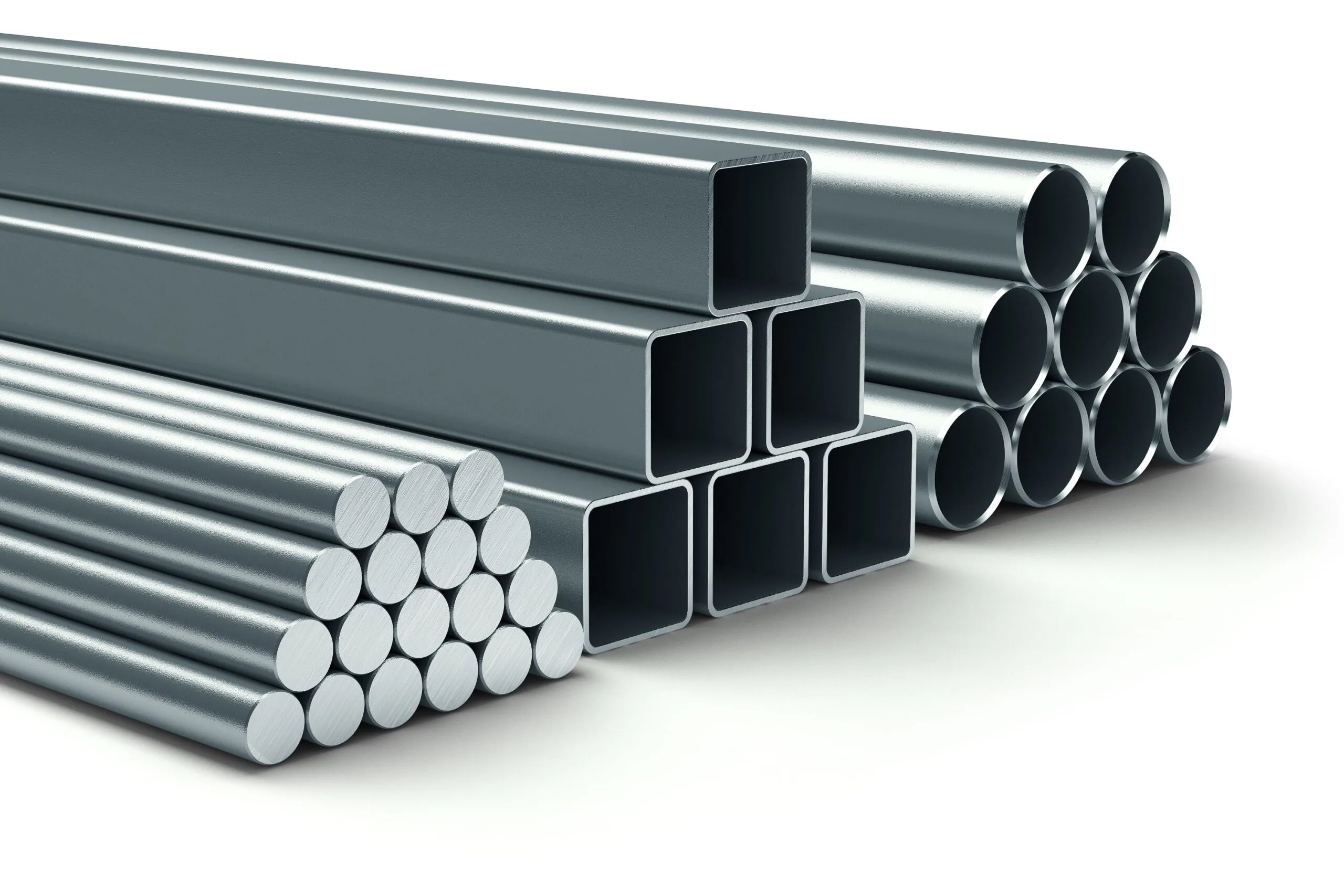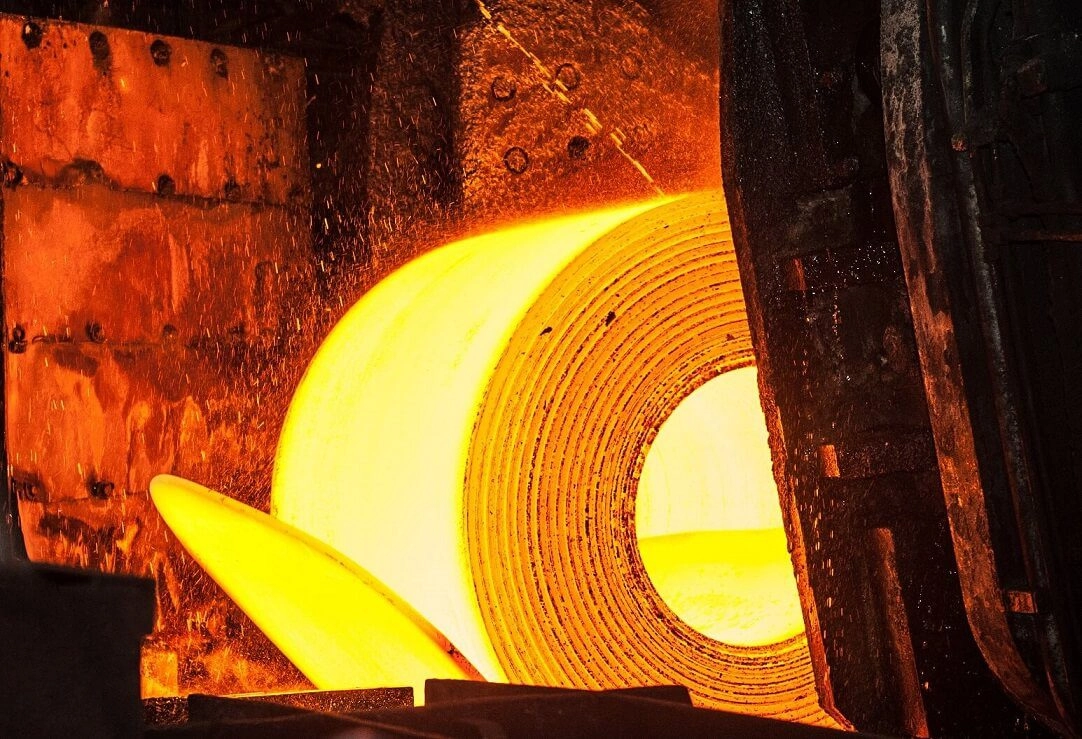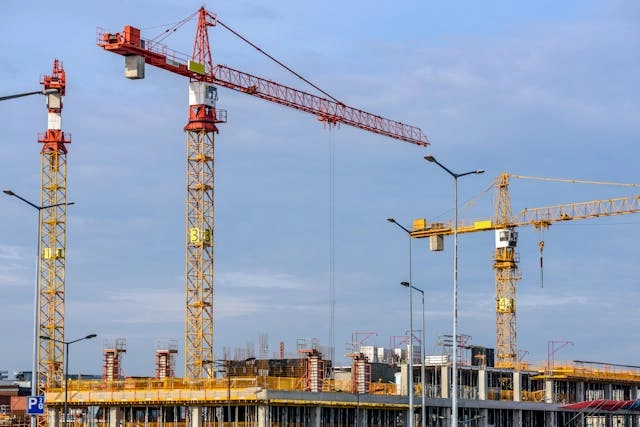Aluminum and Steel Profiles: Which One to Choose?
Aluminum and steel are two of the most commonly used materials in construction and industrial sectors. Each of these materials offers different advantages, and the choice between them depends on the specific requirements of a project. Making the right selection between aluminum and steel profiles can significantly impact the efficiency, durability, and cost-effectiveness of the project. In this article, we will explore the advantages, disadvantages, and the factors to consider when choosing between aluminum and steel profiles.
Advantages of Aluminum Profiles
Aluminum is known for its lightness, durability, and workability. These properties make aluminum profiles ideal for applications in the construction, automotive, and aerospace industries.
Lightweight and Easy Handling
Aluminum is much lighter than steel, which makes it easier to transport and install. This lightweight nature also leads to savings in labor and equipment costs during the construction process.
High Corrosion Resistance
Thanks to the natural oxide layer that forms on its surface, aluminum has excellent corrosion resistance. This makes aluminum an ideal material for outdoor applications and environments with high humidity, such as coastal regions.
High Workability
Aluminum is easy to process, requiring less energy for cutting, shaping, and welding compared to other metals. Additionally, aluminum surfaces are suitable for painting or coating, allowing for aesthetic customizations.
Advantages of Steel Profiles
Steel is known for its strength, high resistance, and long lifespan. Steel profiles are often used in projects where heavy load-bearing capacity and high durability are required.
High Strength and Load-Bearing Capacity
Steel is an extremely strong and durable material. Its high load-bearing capacity makes it ideal for large construction projects and industrial buildings, ensuring stability and safety.
Long Lifespan
Steel structures have a long lifespan and, with proper maintenance, can last for many years. This makes steel an attractive choice for long-term investments.
High Fire Resistance
Steel is resistant to high temperatures, which provides additional safety benefits in fire-prone areas. Steel structures are often preferred in industrial settings where fire resistance is crucial.
Key Differences Between Aluminum and Steel Profiles
Each material comes with its own set of advantages and limitations. Understanding these differences can help you make an informed decision when choosing between aluminum and steel profiles.
Weight
Aluminum is much lighter than steel, which makes it easier to transport and install. Steel, on the other hand, is heavier but provides superior strength and durability.
Durability
Steel has superior strength and is more durable, especially in heavy-load-bearing applications. Aluminum, however, is highly resistant to corrosion but does not carry the same weight-bearing capacity as steel.
Cost
Aluminum is generally more expensive than steel, but its lightness and corrosion resistance may offset the cost in certain projects. Steel is often more affordable but can lead to higher transportation and installation costs due to its weight.
When Should You Choose Aluminum and When Should You Choose Steel?
Both aluminum and steel offer unique advantages depending on the specific requirements of your project.
When to Choose Aluminum
- For lightweight structures where ease of handling is important,
- For environments with high corrosion exposure (e.g., coastal regions),
- For projects where aesthetic appearance and workability are crucial.
When to Choose Steel
- For projects requiring high strength and load-bearing capacity,
- For heavy-duty structures and industrial applications,
- For projects where fire resistance and long-term durability are key considerations.
Conclusion
Aluminum and steel profiles offer distinct advantages based on the specific needs of a project. While aluminum excels in weight, corrosion resistance, and workability, steel offers superior strength, durability, and fire resistance. The correct choice of material depends on the project’s requirements, budget, and long-term needs.






